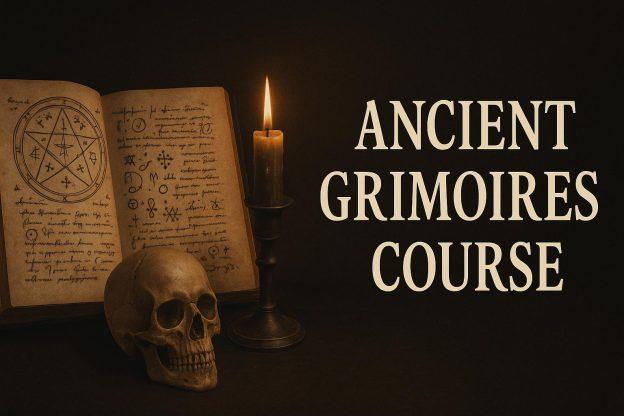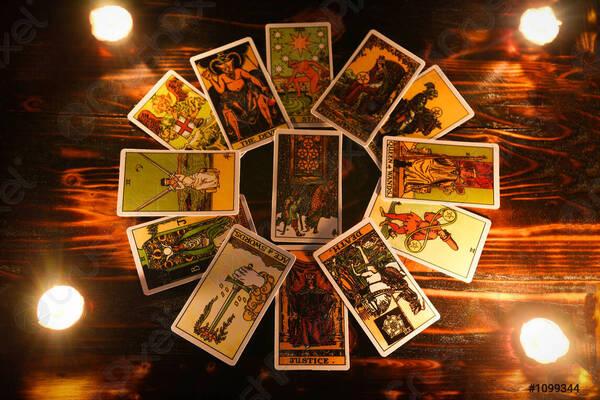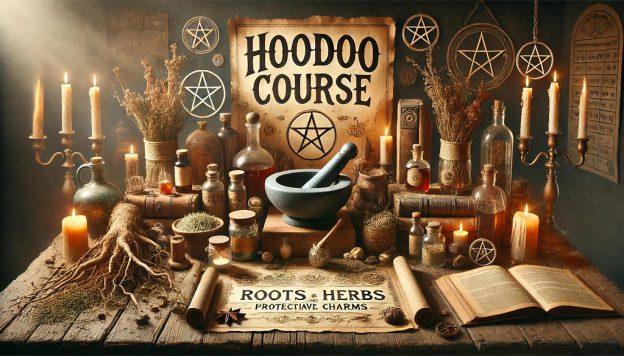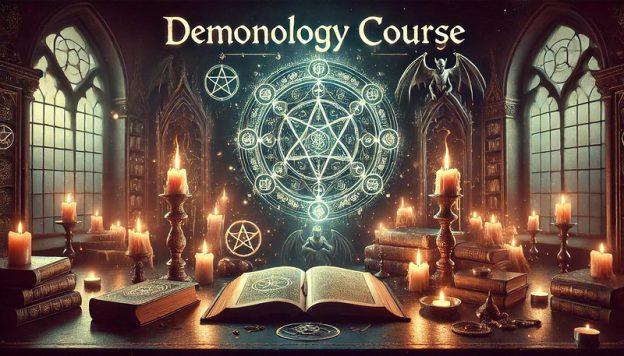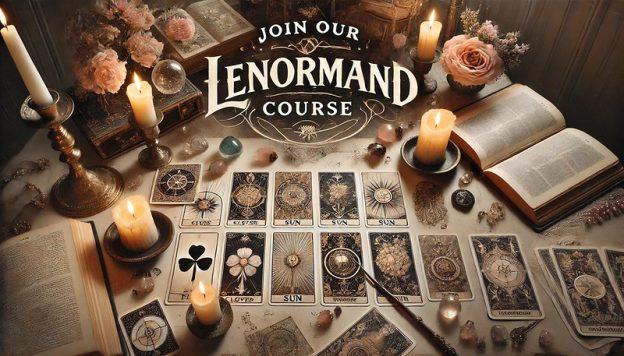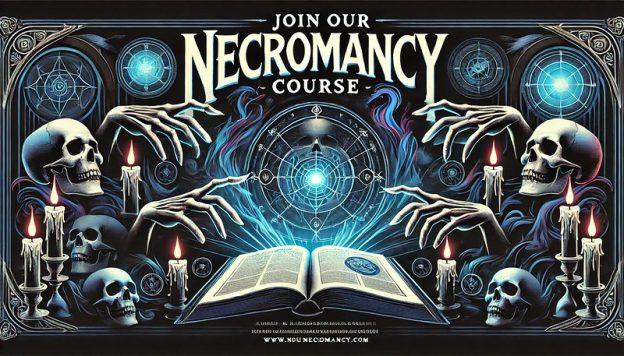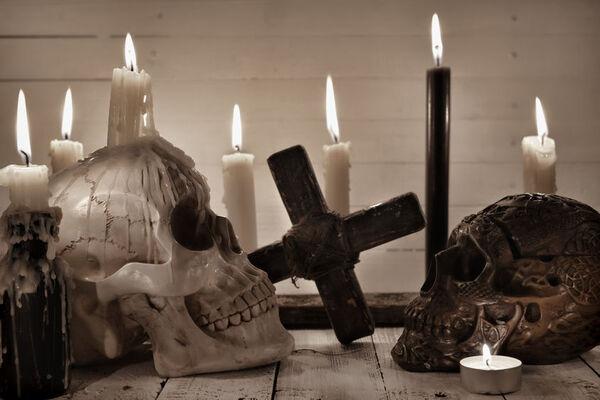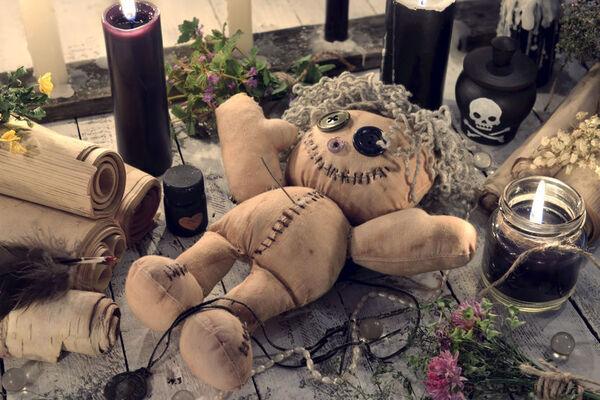PELLAR

A pellar is in English folk Magic and Witchcraft, a healer, diviner and breaker of spells. The term is probably a corruption of expel, as in the repelling or expelling of spells. A pellar would be sought out if a person thought he or she had been bewitched or cursed.
Sometimes the mere mention of “going to the pellar” was sufficient for stolen goods to be returned, or restitution made for grievances. It also was customary to make annual visits to a pellar just to have one’s “protection” renewed against bad luck and any acts of witchcraft that might be directed one’s way. This trip customarily was done in the spring, as it was believed that the increasing of the Sun’s rays magnified the power of the pellar. A trip to see a famous pellar was often a considerable undertaking, with long waits upon arrival.
Despite their importance in rural society, few pellars made their living solely upon their magical craft. most were poor, and held other jobs while they performed their magical services on the side.
Like Cunning men/women, white witches, wizards, conjurers and so on, pellars were believed to acquire their gifts through heredity or supernatural means. In Cornwall, pellars were said to be descended from Matthew Lutey of Cury, whose spell-breaking powers reputedly were bestowed upon him by a mermaid whom he rescued and returned to sea.
Pellars made charms for their clients from herbs, powders, ointments, potions, stones, and perhaps teeth, bones and dirt taken from graves. These were placed in little bags to be worn about the neck as an amulet. Sometimes powders and earth from graves was to be thrown over children, cattle or other livestock as a way of protecting them against bewitchment and the Evil Eye (see also Blasting).
Or, the clients might be given bits of paper or parchment inscribed with mysterious words or astrological signs copied from magical texts (see grimoires). Abracadabra was commonly used, as was the term Sator Arepo Tenet Opera Rotas or Nalgah or Tetragrammaton. Written charms were folded and worn around the neck in little bags as well.
Whatever the remedy, a great deal of secrecy surrounded it, and clients were admonished not to talk about any of the proceedings between the pellar and client.
Pellars, as well as their folk magic counterparts, were active well into the 19th century. A few still can be found in rural locations in modern times.
FURTHER READING:
- Bottrell, William, in Kelvin I. Jones, ed., Cornish Witches & Cunning Men. Penzance: Oakmagic Publications, 1996.
SOURCE:
The Encyclopedia of Witches, Witchcraft and Wicca – written by Rosemary Ellen Guiley – Copyright © 1989, 1999, 2008 by Visionary Living, Inc.
